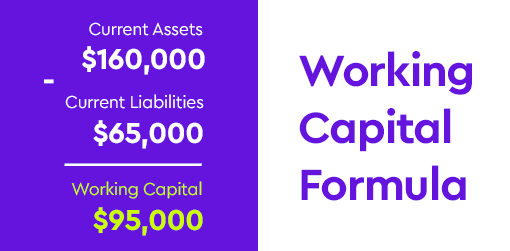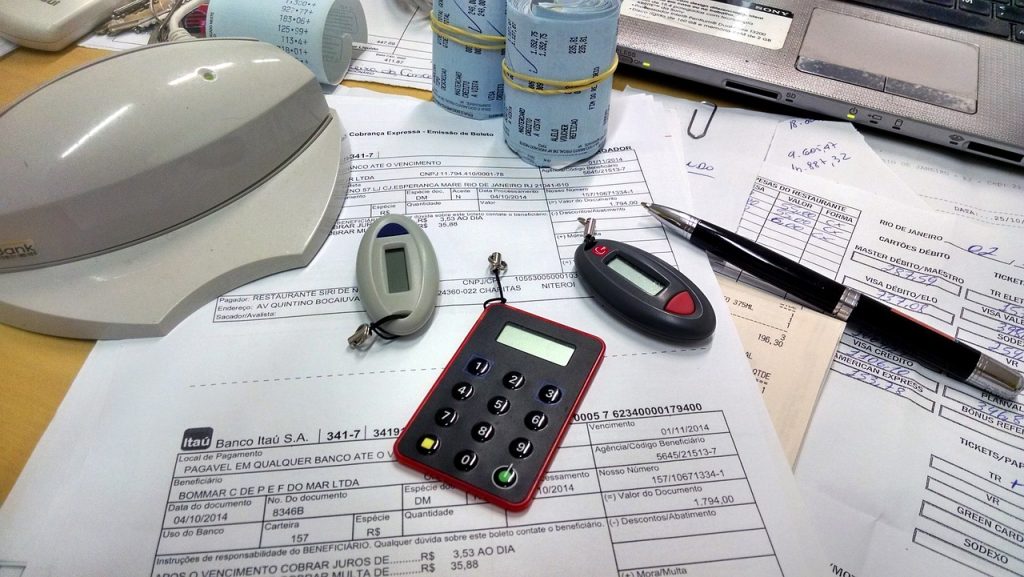
What is Permanent Working Capital?
Your business REALLY needs it. But do you know what it is?
If your answer is no, then you’ve come to the right place. Don’t get it twisted, permanent working capital is something any/every successful business owner is aware of.
Scroll down to learn what permanent capital is and understand why it’s so important for the financial health of your small business.
What is permanent working capital?
Also referred to as fixed working capital, a business’s permanent working capital is the ‘starting point’ of working capital that a business expects to remain consistent from one year to the next. Plainly put, permanent working capital is the minimum amount of working capital that is needed for a business to cover all current liabilities and also continue operating.
Simple enough, right? Well, consider the fact that permanent working capital actually isn’t permanent! We’ll explain…
The precise value of your business’s fixed working capital will be relative to the size of your business, as well as the value of your current assets and your current liabilities. If you scale up business (and have higher operating costs), or if your business has more liabilities (debts to pay), you’ll have relatively higher permanent working capital.
Add to that the fact that your sources of ‘reliable’ and ‘uninterrupted’ capital may very well change over time, and you’ll begin to understand why it can get a little tricky to pinpoint exactly how your business is operating with respect to meeting the required permanent working capital. Since it changes as time goes on, measuring permanent working capital remains an ongoing process no matter how long you’ve been in business.
Important note: Don’t get confused by the name – the dollar amount of your permanent working capital is not permanent. It fluctuates over time. The ‘permanent’ part comes from the consistent need for a business to meet the permanent working capital requirement, regardless of how the business’s activity levels might look.
How to calculate permanent working capital
Looking for a standardized formula to calculate permanent working capital?
We’re sorry to be the bearer of bad news, but it doesn’t exist. Don’t worry – finding your permanent working capital won’t require you to take night classes in accounting.
Here are some other guides to help you measure your business’s financial health:
The first thing you’ll want to do is calculate your business’s net working capital for each day.

Next, make a list of the daily values for your net working capital. Once you’ve got that list, simply find the smallest number. That will be your permanent working capital for the month. Now do that for each month. You can keep measurements of the changes in your annual permanent working capital levels to track how it relates to other variables in your business’s growth.
To be clear, that number will change as your company grows and as your assets and liabilities change. Regardless of the exact dollar amount, what remains true is that if your business’s capital were to fall below the fixed working capital requirement it’s not good.
Side note: If you see your working capital finance is starting to take a dip, consider taking a permanent working capital loan. Business loans come in many different shapes with varying rates, but finding the right one for your business’s needs doesn’t need to waste your time or energy.
With the power of technology, Become is revolutionizing the business lending process, making it faster and easier than ever to get matched with the optimal lender. Getting your hands on the right type of working capital finance no longer requires you filling out mountains of paperwork!
Types of permanent working capital
We’ve defined what fixed working capital is in a general sense, but there are two more specific sub-types of permanent working capital:
- Regular working capital – the minimum amount of working capital needed to maintain a cashflow; enough money to purchase materials, produce inventory, turn that inventory into profits, use those profits to purchase more materials, and so on.
- Reserve working capital – the amount of working capital that exceeds the regular working capital; reserve working capital is there for unexpected business expenses (like implementing a business disaster recovery plan).
Types of working capital
The most basic definition of working capital is a business’s current assets less its current liabilities.
Needless to say, that’s a fairly broad definition. In fact, there are several kinds of working capital that a small business owner should know about, including:
- Gross working capital – the amount of capital invested in current assets
- Net working capital – this is what people generally mean when they talk about working capital; currents assets minus current liabilities
- Permanent / Fixed working capital – the level of working capital below which the business has never gone; long term sources of capital used to cover a business’s most essential expenses
- Temporary / Variable working capital – divided into Seasonal Working Capital and Special Working Capital, it’s an amount of working capital that fluctuates; net working capital minus permanent working capital
If you’re still not entirely clear on what the differences are between permanent and temporary working capital, keep reading…
The difference between permanent and temporary working capital
Think about your business as a car. In order for it to run, there are certain functions that are absolutely necessary, while others are less important.
Fuel, intact tires, and oil are all required. Without any of those three, the car would not be able to perform its essential task properly.
On the other hand, if the radio, window, or A/C stops working, the car will still do its job. Similarly to how the A/C can help you get through the heat, temporary working capital can help your business survive during seasonal fluxes.

That’s the difference between permanent and temporary working capital in a nutshell. Still unclear? Here’s a condensed look at how permanent working capital compares with temporary working capital:
Permanent working capital:
- Vital / Minimum working capital to continue operating
- Fixed / Expected to remain consistent throughout the year
- Independent / Doesn’t depend on level of business activity
Temporary working capital:
- Extra / Working capital which exceeds base-line requirements
- Fluctuating / Expected to change throughout the year
- Dependent / Varies with respect to seasons & special events
It should go without saying that permanent and temporary working capital demand different levels of attention. Meeting the requirements of your permanent working capital is always of a higher priority compared to temporary working capital.
That isn’t to say you should completely ignore temporary working capital – on the contrary, you should do your best to balance your finances appropriately so that you have working capital left over for those temporary demands.
Side note: Permanent working capital for e-commerce businesses is generally lower than the permanent working capital needed to maintain an ‘offline’ business. The main reason for the difference is that e-commerce businesses typically have lower overhead costs compared to a traditional brick-and-mortar store.
That doesn’t mean the competition between online and offline businesses is a certain win for e-commerce sellers though. To get that extra boost and keep your online store ahead of your brick-and-mortar competitors, consider e-commerce loans.
Apply through Become and see how our technology gathers a wider range of data which helps to increase funding odds for online sellers – something that most banks and traditional lenders have yet to do.
Final thoughts
It’s true, fixed working capital will change as your business grows. But, the need for your business to meet the demands of permanent working capital is something that won’t change. Now is the time to get your business’s finances arranged so that you can clearly define your business’s permanent working capital, and ensure that you don’t fall below it!





